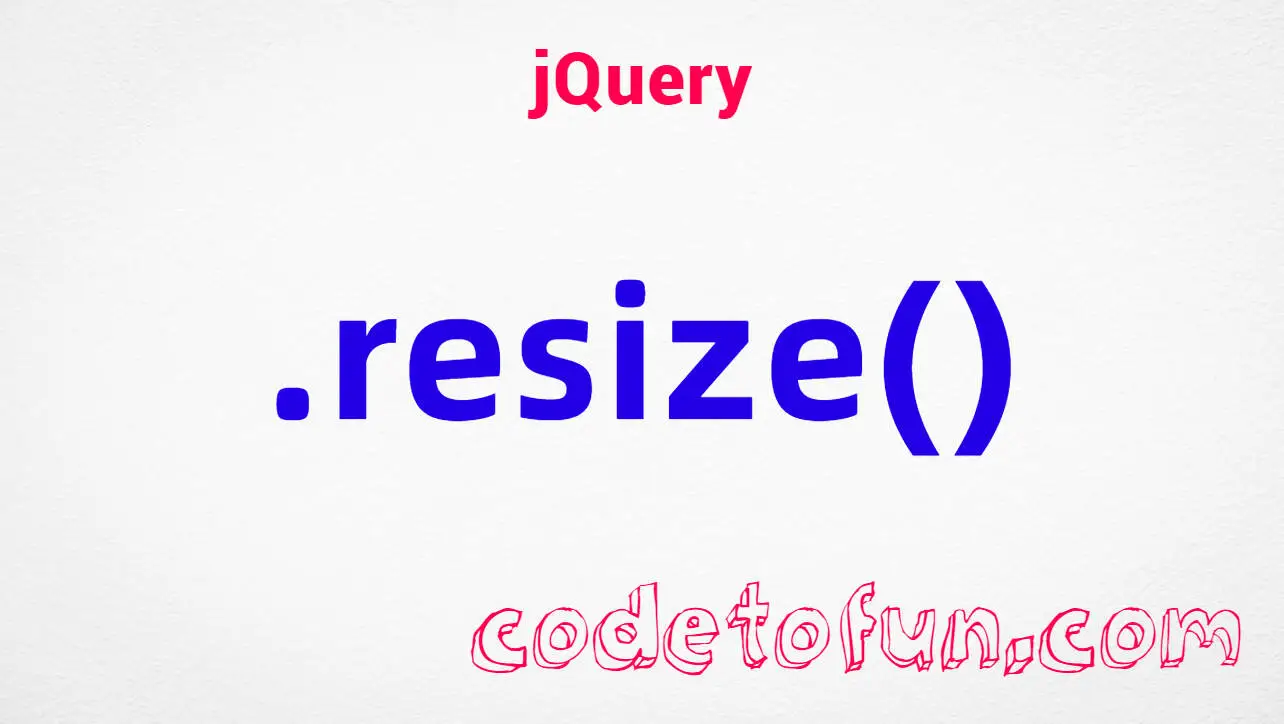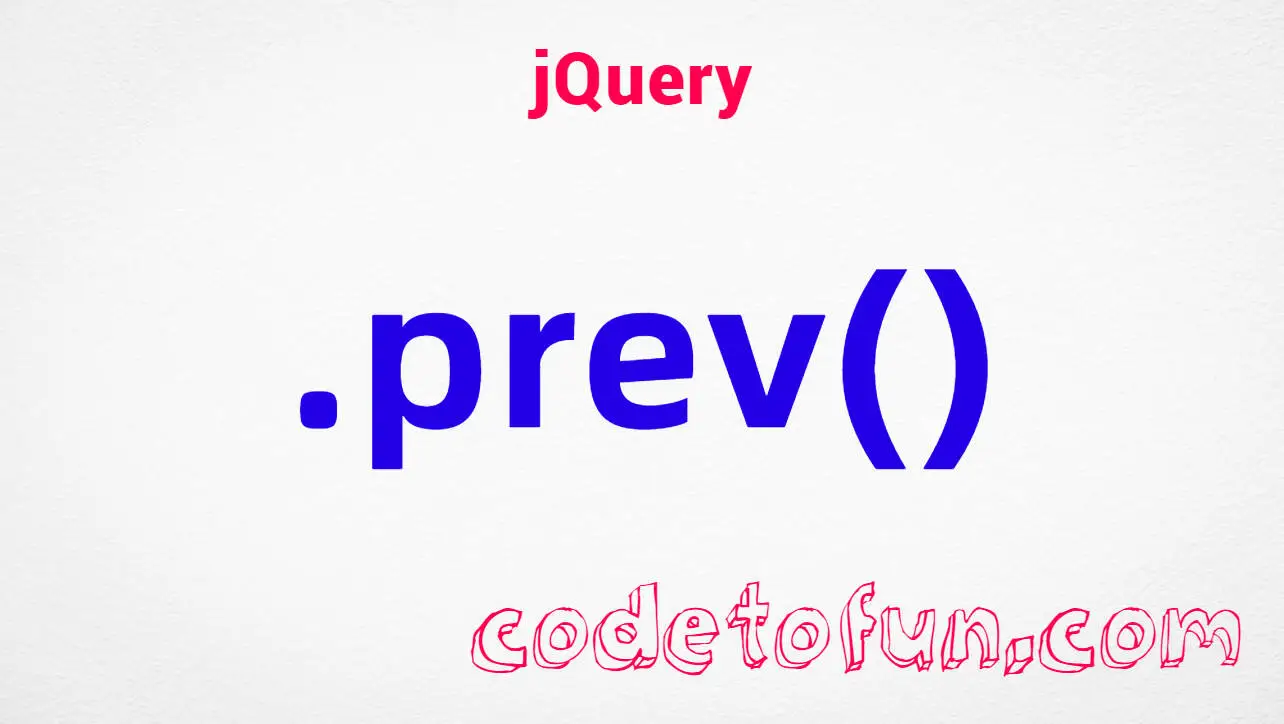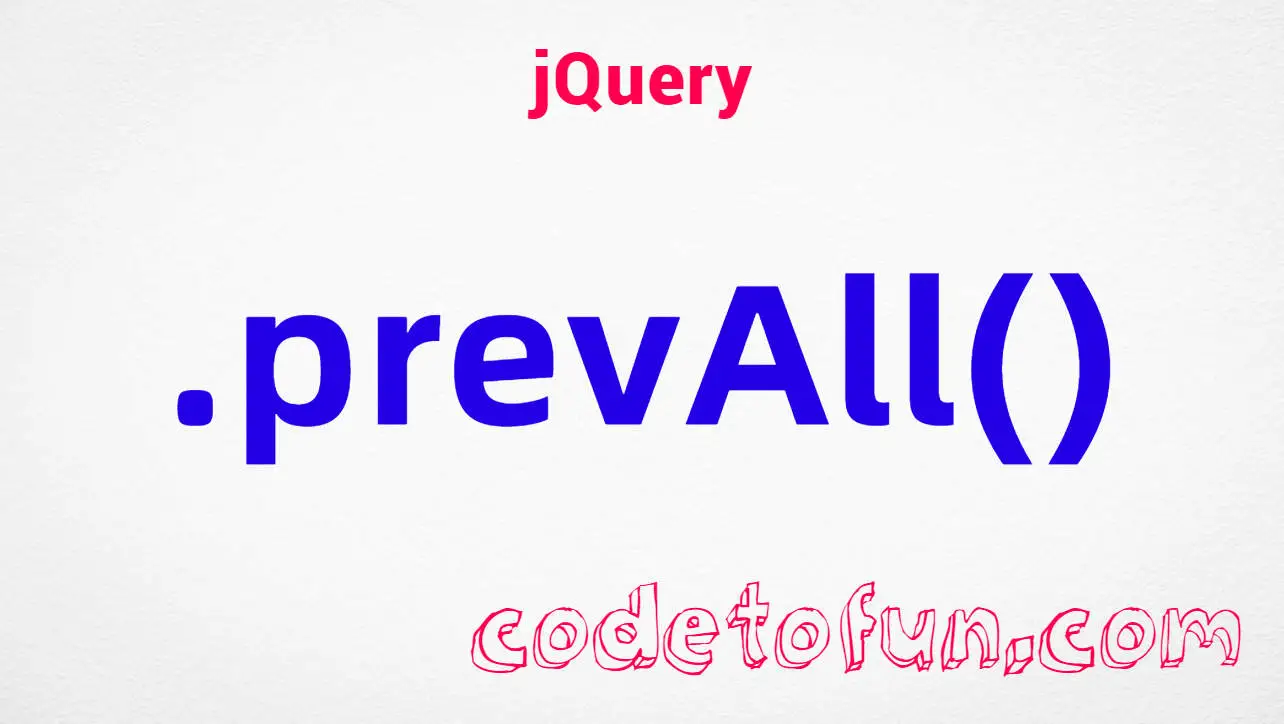
HTML Basic
HTML Reference
- HTML Tags
- <!--...-->
- <!DOCTYPE>
- <a>
- <abbr>
- <address>
- <area>
- <article>
- <aside>
- <audio>
- <b>
- <base>
- <bdi>
- <bdo>
- <blockquote>
- <body>
- <br>
- <button>
- <canvas>
- <caption>
- <cite>
- <code>
- <col>
- <colgroup>
- <data>
- <datalist>
- <dd>
- <del>
- <details>
- <dfn>
- <dialog>
- <div>
- <dl>
- <dt>
- <em>
- <embed>
- <fieldset>
- <figcaption>
- <figure>
- <footer>
- <form>
- <h1> to <h6>
- <head>
- <header>
- <hgroup>
- <hr>
- <html>
- <i>
- <iframe>
- <img>
- <input>
- <ins>
- <kbd>
- <label>
- <legend>
- <li>
- <link>
- <main>
- <map>
- <mark>
- <menu>
- <meta>
- <meter>
- <nav>
- <noscript>
- <object>
- <ol>
- <optgroup>
- <option>
- <output>
- <p>
- <param>
- <picture>
- <pre>
- <progress>
- <q>
- <rp>
- <rt>
- <ruby>
- <s>
- <samp>
- <script>
- <search>
- <section>
- <select>
- <small>
- <source>
- <span>
- <strong>
- <style>
- <sub>
- <summary>
- <sup>
- <svg>
- <table>
- <tbody>
- <td>
- <template>
- <textarea>
- <tfoot>
- <th>
- <thead>
- <time>
- <title>
- <tr>
- <track>
- <u>
- <ul>
- <var>
- <video>
- <wbr>
- HTML Deprecated Tags
- HTML Events
- HTML Global Attributes
- HTML Status Code
- HTML Language Code
- HTML Country Code
- HTML Charset
- MIME Types
HTML object Tag

Photo Credit to CodeToFun
🙋 Introduction
In the world of web development, the <object> tag plays a pivotal role in embedding various types of content into HTML documents.
This comprehensive guide will walk you through the intricacies of the HTML <object> tag, providing insights into its usage and best practices.
🤔 What is <object> Tag?
The <object> tag is a versatile HTML element used for embedding external resources or multimedia content within a webpage. It provides a generic way to include different types of media, such as images, audio, video, or even entire HTML documents.
💡 Syntax
To use the <object> tag, you need to specify the type of content you are embedding using the type attribute. Additionally, you include the data attribute to indicate the source URL of the external content.
<object type="media_type" data="URL">
<!-- Fallback content or alternative text goes here -->
</object>🧰 Attributes
- type: Specifies the MIME type of the embedded content.
- data: Defines the URL of the external resource.
- width, height: Sets the dimensions of the embedded content.
- class, style: Allows for applying CSS styles to the
<object>tag.
<object type="audio/mp3" data="audiofile.mp3" width="300" height="40" class="audio-player"></object>🍁 Fallback Content
Including fallback content within the <object> tag is crucial for scenarios where the browser cannot render the embedded content. This content serves as an alternative and ensures a meaningful user experience.
<object type="application/pdf" data="document.pdf">
<p>It appears you don't have a PDF plugin for this browser. You can <a href="document.pdf">download the PDF file.</a></p>
</object>📚 Common Use Cases
Embedding Images:
The
<object>tag is an excellent choice for embedding images, especially when dealing with scalable vector graphics (SVG) or unconventional formats. Simply specify the image's URL in the data attribute and define its dimensions to seamlessly integrate diverse images into your content.embedding-images.htmlCopied<object type="image/svg+xml" data="image.svg" width="200" height="100"></object>Embedding Audio:
Enhance your web pages with audio elements using the
<object>tag. Whether it's background music or podcast episodes, this tag allows you to embed audio files effortlessly. Specify the audio file's URL in the data attribute and define the player's dimensions for an immersive auditory experience.embedding-audio.htmlCopied<object type="audio/mp3" data="audiofile.mp3" width="300" height="40"></object>Embedding Video:
Elevate multimedia experiences by seamlessly integrating video content into your web pages with the
<object>tag. Whether it's instructional videos or promotional clips, this tag provides flexibility and compatibility across browsers. Specify the video file's URL in the data attribute and define the player's dimensions for engaging and informative video content.embedding-video.htmlCopied<object type="video/mp4" data="videofile.mp4" width="640" height="360"></object>
🖥️ Browser Support
Understanding the compatibility of the <object> tag across different browsers is essential for delivering a consistent user experience. Here's an overview of its support:
- Google Chrome: Fully supported.
- Mozilla Firefox: Fully supported.
- Microsoft Edge: Fully supported.
- Safari: Fully supported.
- Opera: Fully supported.
- Internet Explorer: Fully supported.
🏆 Best Practices
- Always provide fallback content to ensure a good user experience.
- Use appropriate MIME types for the type attribute.
- Specify dimensions for better control over the embedded content's layout.
🎉 Conclusion
Mastering the <object> tag empowers you to seamlessly integrate diverse content types into your web pages. Whether it's images, audio, or video, the <object> tag offers a standardized approach to enhance the multimedia experience for your website visitors.
👨💻 Join our Community:
Author

For over eight years, I worked as a full-stack web developer. Now, I have chosen my profession as a full-time blogger at codetofun.com.
Buy me a coffee to make codetofun.com free for everyone.
Buy me a Coffee












If you have any doubts regarding this article (HTML object Tag), please comment here. I will help you immediately.